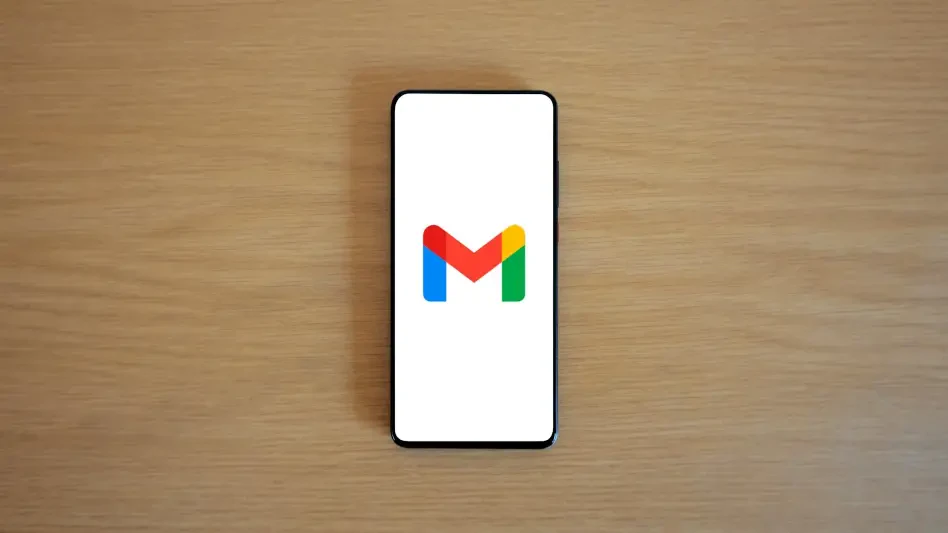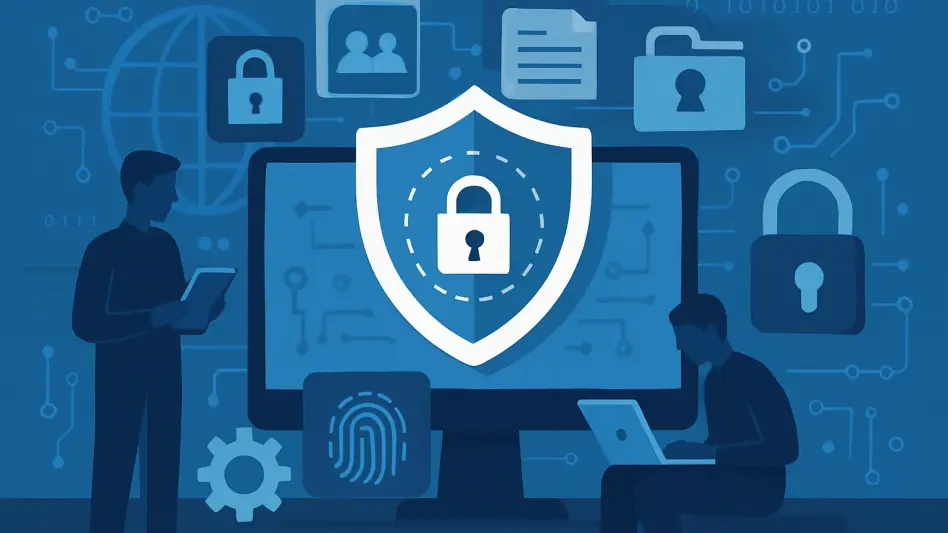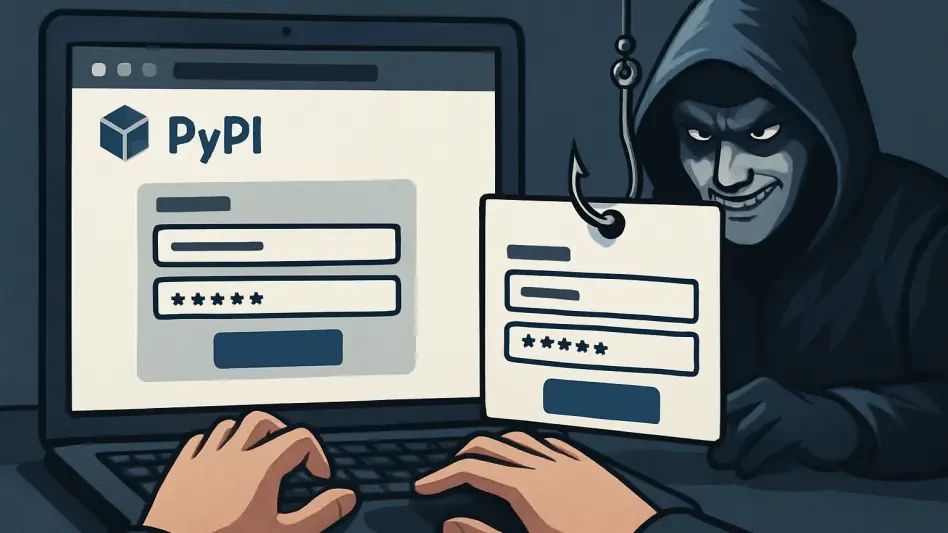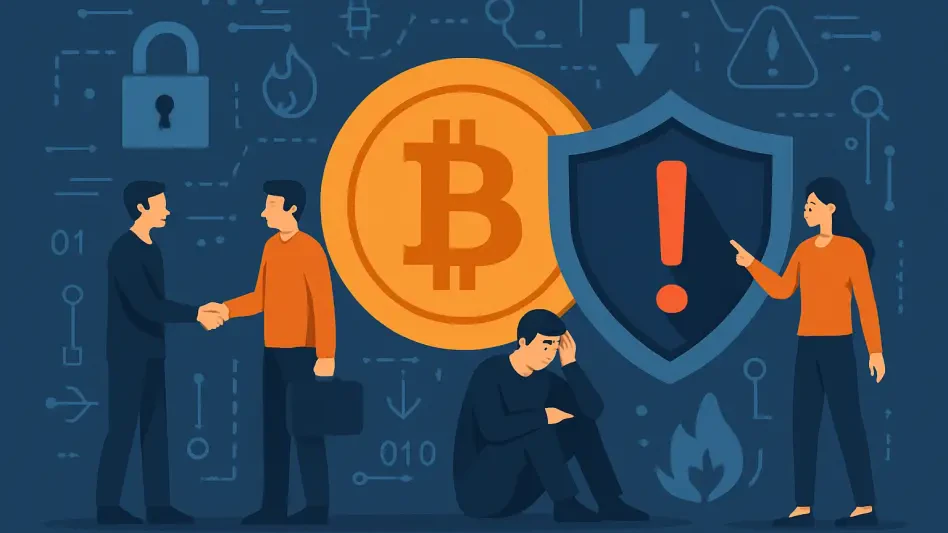In an era where digital communication is paramount, accessing email accounts efficiently has become a daily necessity for millions across South Africa, where Gmail stands as a cornerstone for personal, academic, and professional interactions, offering an intuitive interface and robust security. As the leading free email service globally, Gmail provides powerful spam filters, seamless integration with Google Workspace tools, and caters to a diverse user base. Its popularity is evident from the sheer volume of searches related to login processes, reflecting a reliance on this platform for staying connected. Whether on a desktop computer or a mobile device like an Android smartphone or iPhone, the steps to sign in are designed to be straightforward. However, challenges such as forgotten passwords or security verifications can sometimes hinder access. This guide aims to provide clear, step-by-step instructions for logging into Gmail across various devices, alongside troubleshooting advice and security tips to ensure a smooth and safe experience for all users.
1. Understanding Gmail’s Popularity in South Africa
Gmail has evolved far beyond a simple email service, becoming an indispensable tool for South Africans engaged in a wide array of online activities. Students depend on it for university correspondence, professionals utilize it for workplace communication, and entrepreneurs leverage it to manage business operations. The platform’s appeal lies in its accessibility and feature-rich environment. It offers 15 GB of free storage shared across Gmail, Google Drive, and Google Photos, making it a practical choice for data management. Additionally, its seamless compatibility with Android devices, which dominate the South African mobile market, enhances its usability. The service also provides reliable spam protection to keep inboxes clutter-free, an easy login process across multiple devices, and integration with productivity tools like Google Docs, Sheets, and Calendar. These attributes collectively make Gmail a preferred choice for diverse demographics seeking efficiency and reliability in their digital communications.
The widespread adoption of Gmail in South Africa also stems from its adaptability to varying user needs and technological environments. For instance, the platform’s ability to function effectively on both high-speed and limited connectivity networks ensures that users in urban and rural areas alike can access their accounts without significant disruptions. Furthermore, the interface is designed to be user-friendly, accommodating individuals with varying levels of tech proficiency. This inclusivity is crucial in a country with a broad spectrum of digital literacy. Gmail’s constant updates and enhancements, including advanced filtering options and customization features, keep it at the forefront of email services. By addressing the specific demands of South African users, such as affordable access and robust security against phishing attempts, Gmail solidifies its position as a trusted platform for managing critical communications in an increasingly connected world.
2. Steps to Sign Into Gmail on a Computer
Logging into a Gmail account via a desktop computer is a quick and uncomplicated process that can be completed in just a few steps. Begin by launching a preferred web browser, such as Chrome, Firefox, or Safari, on the device. Navigate to the Gmail sign-in page by typing mail.google.com into the address bar and pressing Enter. Once the page loads, input the Gmail email address (for example, [email protected]) into the designated field and click the “Next” button. Following this, enter the corresponding password for the account and click “Next” again. If two-factor authentication has been enabled for added security, complete the additional verification step as prompted, which may involve a code sent to a mobile device or email. Upon successful verification, the user will be directed to the Gmail inbox, ready to manage emails and other integrated services. This streamlined approach ensures that accessing email on a desktop remains efficient for all users.
A key consideration when signing in on a computer, especially in shared or public environments, is maintaining account security. It’s advisable to avoid selecting the “Stay signed in” option during the login process to prevent unauthorized access after the session ends. Always remember to log out once the tasks are completed, particularly on devices that are not personal. This precaution is vital in settings like internet cafes or workplace computers where multiple users might access the same machine. Additionally, ensuring that the browser is up to date can prevent potential compatibility issues with the Gmail interface. If any difficulties arise during login, such as incorrect credentials or page loading errors, double-checking the entered information or refreshing the page can often resolve the issue. These simple measures help safeguard the account while maintaining a hassle-free experience when accessing Gmail on desktop systems.
3. Accessing Gmail on Mobile Devices
For many South Africans, mobile devices serve as the primary means of accessing Gmail due to their portability and convenience. The process begins with downloading the Gmail app, tailored for both Android and iPhone users. On Android devices, navigate to the Google Play Store to install the app, while iPhone users can find it in the App Store. Once installed, open the Gmail app and tap on “Sign In” to start the login process. Enter the Gmail email address and tap “Next,” followed by the password, then tap “Next” again. If two-factor authentication is enabled, complete the prompted verification step to proceed. After these steps, the inbox will load and sync automatically, providing immediate access to emails. This method ensures that users can stay connected on the go, reflecting the app’s design for quick and efficient email management across mobile platforms.
Beyond single account access, the Gmail app offers the flexibility to manage multiple accounts, a feature particularly useful for separating personal and professional communications. Users can add additional Gmail accounts within the app by following similar sign-in steps, allowing seamless switching between accounts without the need to log out. This functionality caters to the diverse needs of individuals who juggle different roles or responsibilities. Moreover, the app’s interface is optimized for mobile screens, ensuring that reading, composing, and organizing emails is as intuitive as on a desktop. Regular updates to the app also address security concerns and improve performance, which is crucial for users in areas with fluctuating network reliability. By leveraging these mobile capabilities, Gmail ensures that South African users remain connected and productive, regardless of their location or device preference.
4. Resolving Common Gmail Login Challenges
Despite the generally smooth Gmail login process, certain issues can occasionally disrupt access for South African users. A frequent problem is forgetting the account password, which can be addressed by visiting the Gmail sign-in page, entering the email address, and clicking “Forgot password?” This initiates Google’s recovery process, guiding users through steps using a backup phone number or recovery email to reset the password. Another issue involves accounts being locked due to detected suspicious activity; in such cases, following the on-screen prompts and verifying identity through recovery details can restore access. These solutions are designed to be user-friendly, ensuring that even those less familiar with technology can regain entry to their accounts with minimal frustration and maintain continuity in their communications.
Other common hurdles include not receiving verification codes for two-factor authentication or encountering browser and app glitches. For verification code issues, users should confirm that their recovery phone number and email are current, check spam or junk folders for the code, and request Google to resend it if necessary. Browser or app-related problems can often be resolved by clearing the cache or data, updating the Gmail app, or trying a different browser to access the account. These troubleshooting steps are vital for overcoming technical barriers that might otherwise hinder email access. By addressing these challenges proactively, users can avoid prolonged downtime and ensure that their Gmail accounts remain functional. Staying informed about these solutions empowers individuals to handle login difficulties efficiently, keeping their digital interactions secure and uninterrupted.
5. Enhancing Gmail Account Security
With the rise of phishing scams and cybercrime in South Africa, securing a Gmail account is a critical priority for all users. One of the most effective measures is enabling Two-Step Verification through Google Account settings, which adds an extra layer of protection by requiring a second form of identification during login. Creating a strong, unique password that isn’t reused across other platforms is equally important to prevent unauthorized access. Regularly reviewing the list of devices connected to the account helps identify and remove any unfamiliar entries that could indicate a security breach. These proactive steps are essential in safeguarding sensitive information and maintaining trust in the platform’s ability to protect user data against evolving online threats.
Additional security practices include never sharing login credentials with anyone, even in seemingly trustworthy situations, as this can lead to account compromise. Always logging out after using public or shared computers, such as those in libraries or workplaces, prevents others from accessing the account post-session. Users should also remain vigilant about phishing attempts by avoiding suspicious links or emails requesting personal information. Keeping recovery details like phone numbers and alternate emails up to date ensures that account recovery is possible if issues arise. By adhering to these guidelines, South African Gmail users can significantly reduce the risk of security incidents, ensuring that their email communications remain private and secure in an increasingly digital landscape.
6. Configuring Gmail on Third-Party Email Clients
Many South African users prefer accessing Gmail through third-party email clients like Apple Mail, Outlook, or Thunderbird for a more integrated experience. To set this up, specific server settings are required. For IMAP, which is recommended, use imap.gmail.com as the server with port 993 and SSL/TLS encryption. For POP, the server is pop.gmail.com with port 995 and SSL/TLS encryption. For outgoing mail (SMTP), configure smtp.gmail.com on port 587 with STARTTLS encryption. Authentication is mandatory, requiring the full Gmail email address and password, or an app-specific password if two-step verification is enabled. Before proceeding, ensure IMAP is activated in Gmail settings under Settings > Forwarding and POP/IMAP. These configurations allow for seamless email management outside the standard Gmail interface, catering to diverse user preferences.
Setting up Gmail on third-party clients offers flexibility but requires attention to detail to avoid connectivity issues. Double-checking the entered server settings and ensuring that the email client is updated can prevent most setup errors. Users should also be aware that some features exclusive to the Gmail app or web interface might not be fully supported in third-party applications, such as certain advanced search filters or labels. However, the benefit of consolidating multiple email accounts into a single client often outweighs these limitations for those who manage various services. This approach enhances productivity by providing a unified platform for email correspondence, particularly for professionals who rely on structured workflows. By following the outlined settings and maintaining software updates, users can achieve a reliable and efficient email experience through their preferred applications.
7. Exploring the Benefits of Gmail Today
Gmail continues to be a leading email platform in South Africa due to its comprehensive offerings that cater to a wide audience. The service remains free with a generous 15 GB of shared storage across associated Google services, making it a cost-effective solution for personal and professional use. Its login and sign-in processes are designed for simplicity, ensuring accessibility for users of all technical backgrounds. Advanced security features, bolstered by regular updates from Google, provide peace of mind against digital threats. Integration with Google Workspace tools like Docs and Sheets enhances productivity by allowing seamless collaboration. Additionally, superior spam filtering keeps inboxes organized and free from unwanted messages, while compatibility across Android, iOS, and desktop platforms ensures access from virtually any device.
The adaptability of Gmail to modern needs further solidifies its value as an essential communication tool. Features such as offline access through the app or browser extensions allow users to manage emails even with limited internet connectivity, a significant advantage in areas with inconsistent network coverage. The platform’s ability to support multiple languages and customizable settings also makes it inclusive for South Africa’s diverse population. Regular enhancements, including AI-driven email suggestions and priority inbox sorting, demonstrate Gmail’s commitment to innovation. For businesses and individuals alike, the combination of reliability, security, and functionality positions Gmail as an unmatched choice for email management. By leveraging these benefits, users can maintain efficient and effective communication channels in their daily digital interactions.
8. Addressing Frequently Asked Questions
Navigating Gmail login and usage often raises questions among South African users, and addressing these concerns can enhance the overall experience. For instance, if a password is forgotten, Google’s Account Recovery tool is the go-to solution—enter the email address, click “Forgot password?” and follow the steps using a recovery phone or email. Another common query is whether Gmail can be used on an iPhone’s default Mail app; the answer is yes, by setting it up with IMAP or selecting Google during configuration. Users also ask if Gmail is free, which it is, offering 15 GB of shared storage, with paid Google Workspace plans available for additional features. These clarifications help demystify the platform’s functionalities and ensure that users can maximize its potential without unnecessary hurdles.
Further questions include what to do if an account is hacked and whether multiple Gmail accounts can be managed. In the case of a compromised account, attempting to log in and changing the password immediately is advised, or using Google Account Recovery if locked out, alongside enabling two-factor authentication for future protection. Managing multiple accounts is indeed possible, as the Gmail app allows easy creation and switching between different accounts, catering to personal and professional needs. These answers provide actionable insights for common scenarios, empowering users to handle their Gmail accounts with confidence. By staying informed about these aspects, individuals can avoid common pitfalls and maintain smooth access to their email services, ensuring that communication remains uninterrupted and secure.
9. Reflecting on Gmail’s Reliability and Future Steps
Looking back, Gmail login has proven to be a consistently simple and secure method for South African users to access their email accounts across desktops, Android devices, and iPhones. The platform’s built-in features, such as two-factor authentication, effective spam protection, and integration with other Google applications, have established it as a top-tier email service. By adhering to the detailed steps provided for login, troubleshooting, and security, users have successfully navigated common issues and protected their accounts from potential threats. The journey of using Gmail highlighted its adaptability to various user needs, ensuring that communication remained seamless regardless of the device or location.
Moving forward, users are encouraged to take proactive measures to sustain this reliability. Regularly updating passwords, enabling two-step verification, and keeping recovery information current emerge as critical practices for a stress-free experience. Exploring additional Gmail features, such as advanced filtering or integration with productivity tools, offers opportunities to enhance efficiency. By staying vigilant about security and embracing the platform’s evolving capabilities, South African users can continue to rely on Gmail as a trusted communication hub, ensuring that accessing their inbox remains effortless and secure in any situation.








